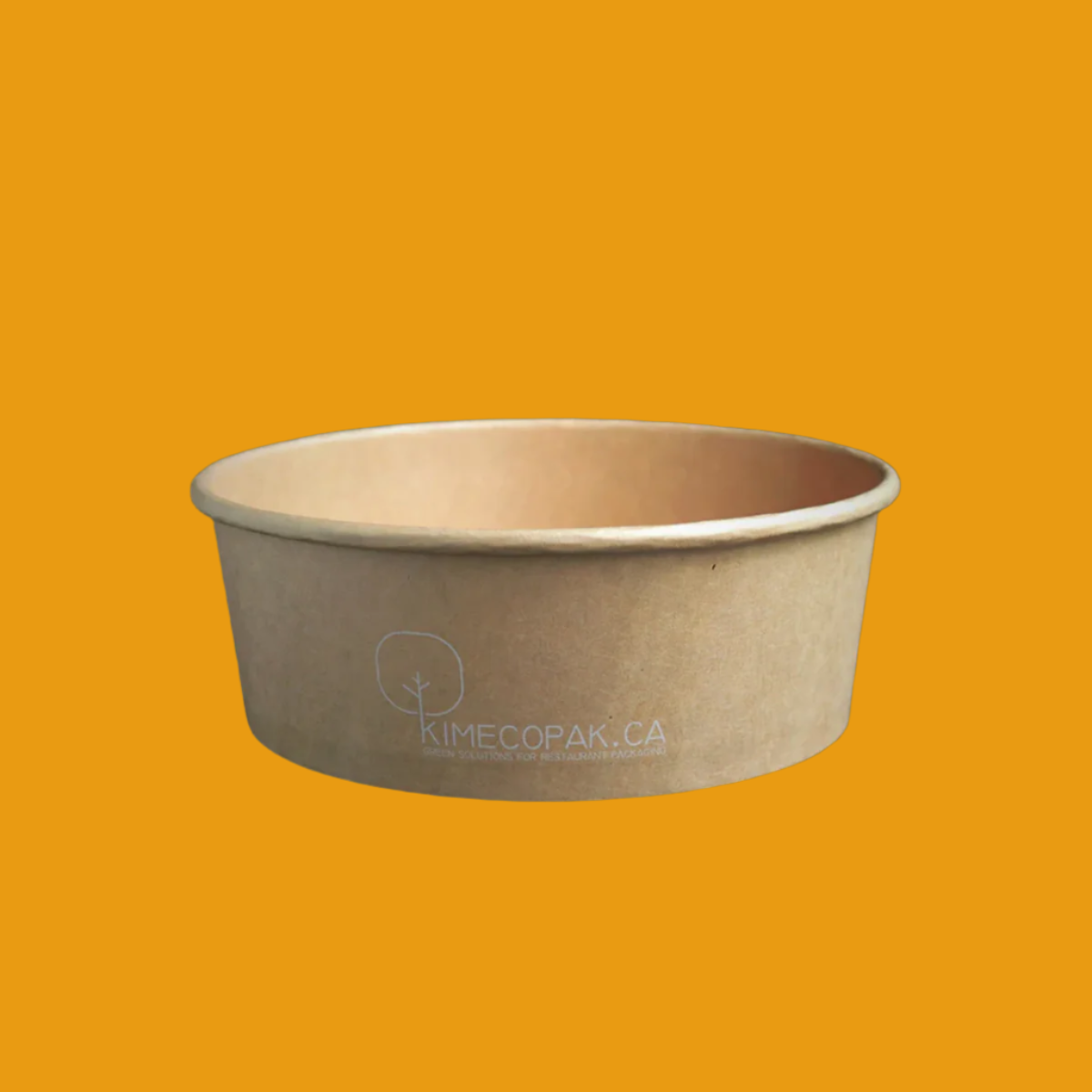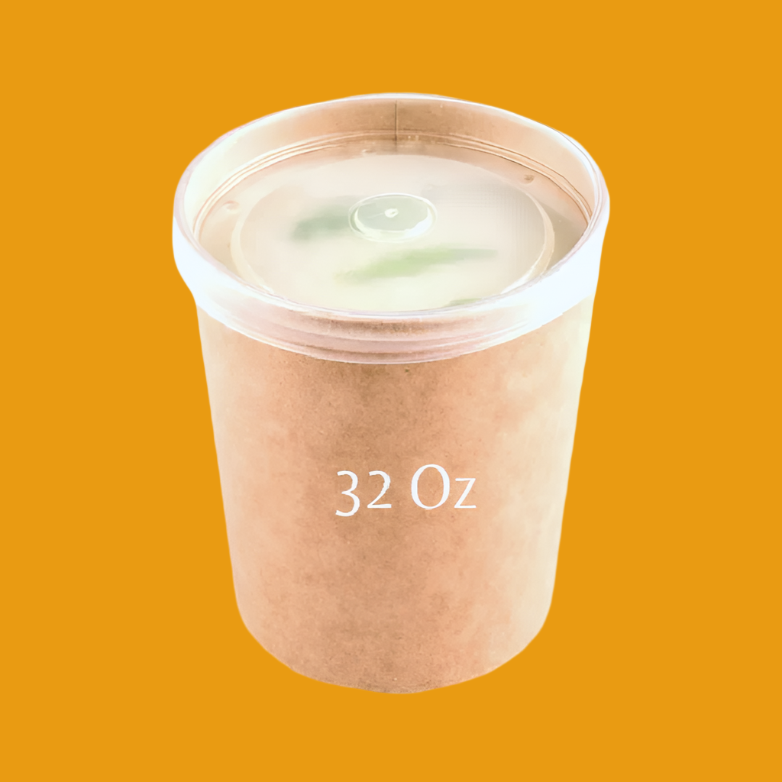Managing the logistics of ice cream is a uniquely challenging task, given the product's sensitivity to temperature and perishability. Ensuring that ice cream remains at optimal quality from production to consumption requires a well-coordinated and efficient supply chain. In the article below, we will offer comprehensive strategies for managing costs, leveraging data analytics, and enhancing overall efficiency in ice cream container logistics.
Ice Cream Logistics Overview
The logistics of ice cream involves a complex network of processes designed to ensure that the product remains at optimal quality from the point of manufacture to the consumer. Given the perishable nature of ice cream, maintaining a continuous cold chain is paramount. The logistics process encompasses transportation, storage, and handling, all of which must adhere to strict temperature controls to prevent spoilage and maintain product integrity.

How Is The Distribution Of Ice Cream Handled?
Ice cream distribution is a meticulous process that demands precision and efficiency at every stage. Here's a closer look at the key components involved:
Transportation
Transportation in ice cream logistics requires specialized refrigerated vehicles, commonly known as reefers. These vehicles are equipped with advanced cooling systems to maintain the necessary sub-zero temperatures throughout transit. Regular monitoring and maintenance of these systems are crucial to prevent temperature deviations that could compromise the product's quality.
Storage
Ice cream must be stored in facilities that can consistently maintain the required temperature, typically below -20°C (-4°F). Cold storage warehouses equipped with robust refrigeration systems and backup power sources are essential to prevent any risk of temperature fluctuations that could lead to spoilage.
Thermal Mapping
Thermal mapping involves creating a detailed temperature profile of the storage and transportation environments. This process helps identify potential hotspots and areas of temperature variation, allowing for corrective measures to be implemented to ensure uniform cooling.
Data, Analytics, and Continuous Improvement
Utilizing data and analytics is critical for continuous improvement in ice cream logistics. Sensors and IoT devices can monitor temperature, humidity, and other relevant parameters in real-time, providing valuable insights into the cold chain's performance. Analyzing this data helps identify trends, optimize routes, and predict potential issues before they become critical, ultimately enhancing efficiency and reducing costs.
Why the Ice Cream Supply Chain is Difficult to Manage?
The ice cream supply chain is notoriously challenging due to several inherent complexities:
- Temperature Sensitivity: Ice cream must be stored and transported at consistently low temperatures to prevent melting and refreezing, which can degrade quality.
- Perishability: As a perishable product, ice cream has a limited shelf life, requiring rapid and efficient distribution to minimize spoilage.
- Volume and Weight: Ice cream containers are often bulky and heavy, necessitating careful planning to optimize space and reduce transportation costs.
Challenges of Ice Cream Logistics
Managing the logistics of ice cream involves addressing several significant challenges:
Preventing Loss of a High-Value Item
Ice cream is a high-value product with a relatively short shelf life. Any temperature deviation can result in substantial financial loss. Therefore, maintaining a reliable cold chain and having contingency plans in place for equipment failures are critical.
Formation of Ice Crystals and Freezer Burn
Ice crystals and freezer burn are common issues that can occur when ice cream is exposed to fluctuating temperatures. These problems not only affect the texture and taste but also reduce the product's shelf life. Ensuring consistent temperature control and quick response to any deviations are essential to prevent these issues.
Managing New Flavors
Introducing new flavors can complicate logistics due to varying production schedules and storage requirements. Proper planning and coordination are necessary to ensure that new products are seamlessly integrated into the existing supply chain without disrupting the flow of other items.
Spoilage and Quality
Spoilage due to temperature abuse or contamination can lead to significant product loss and damage to brand reputation. Strict adherence to hygiene standards and regular quality checks are vital to maintain the highest standards of product quality.
Minimizing Time Spent Outside the Freezer
Every minute that ice cream spends outside the freezer increases the risk of melting and quality degradation. Efficient handling processes and quick loading and unloading times are crucial to minimize exposure to ambient temperatures.
Leveraging Data and Analytics
Data and analytics play a vital role in optimizing ice cream logistics. By leveraging real-time data, companies can gain insights into temperature trends, identify inefficiencies, and implement predictive maintenance to prevent equipment failures.
How to Manage Cost in Ice Cream Container Logistics
Effective cost management in ice cream logistics involves several strategies:
- Optimize Transportation Routes: Use route optimization software to reduce fuel consumption and travel time, ensuring the most efficient delivery paths.
- Invest in Reliable Equipment: High-quality refrigeration units and cold storage facilities may have higher upfront costs but will save money in the long run by preventing spoilage and reducing maintenance costs.
- Implement Energy-Efficient Practices: Utilize energy-efficient refrigeration systems and practices to lower energy consumption and reduce operational costs.
- Enhance Inventory Management: Implement robust inventory management systems to track stock levels, forecast demand accurately, and reduce excess inventory.
- Regular Maintenance: Conduct regular maintenance on refrigeration equipment to ensure optimal performance and prevent costly breakdowns.
- Training and Best Practices: Train staff on best practices for handling ice cream and maintaining the cold chain, reducing the risk of human error leading to spoilage.
- Leverage Technology: Use IoT devices and sensors to monitor temperature and other critical parameters in real-time, allowing for immediate corrective actions.
- Collaborate with Reliable Partners: Work with trusted logistics partners who have experience in handling perishable goods and maintaining the integrity of the cold chain.
Conclusion
By implementing these cost management strategies, companies can enhance the efficiency of their ice cream logistics operations, minimize losses, and ensure that consumers receive high-quality products.









